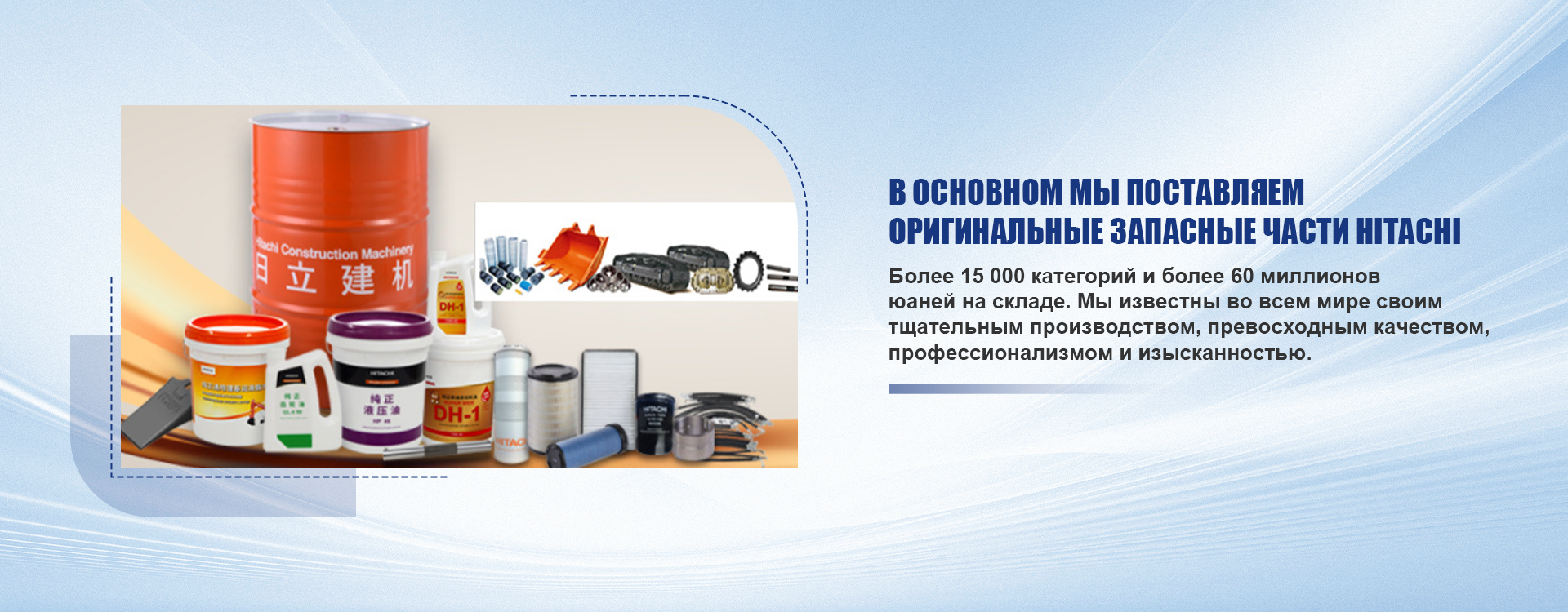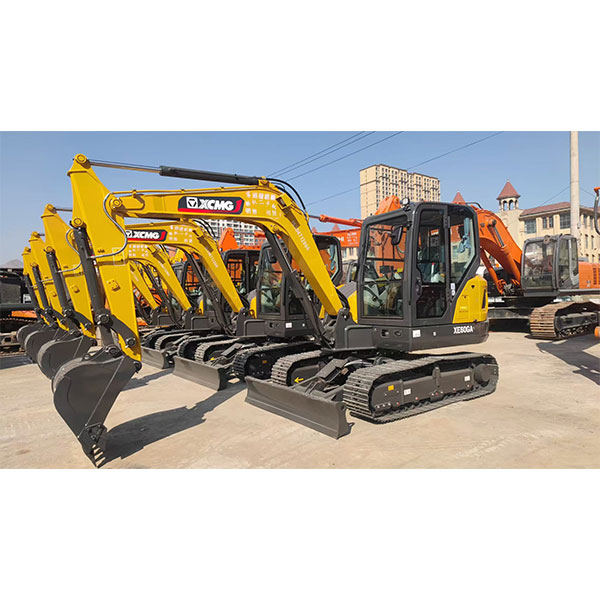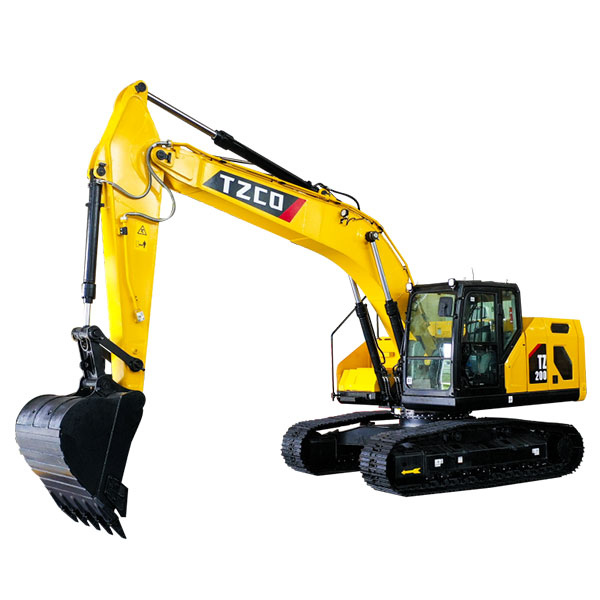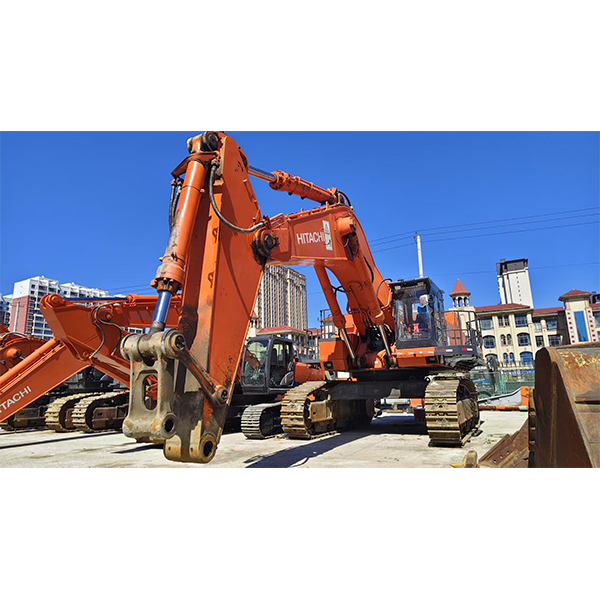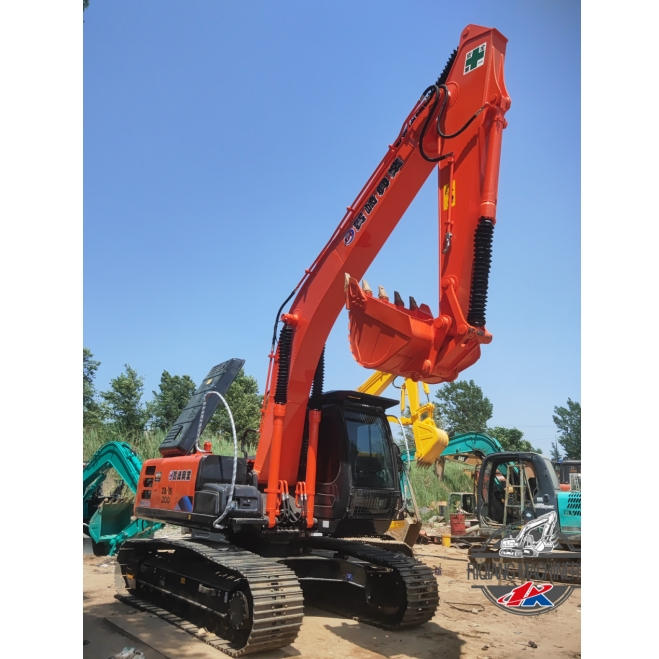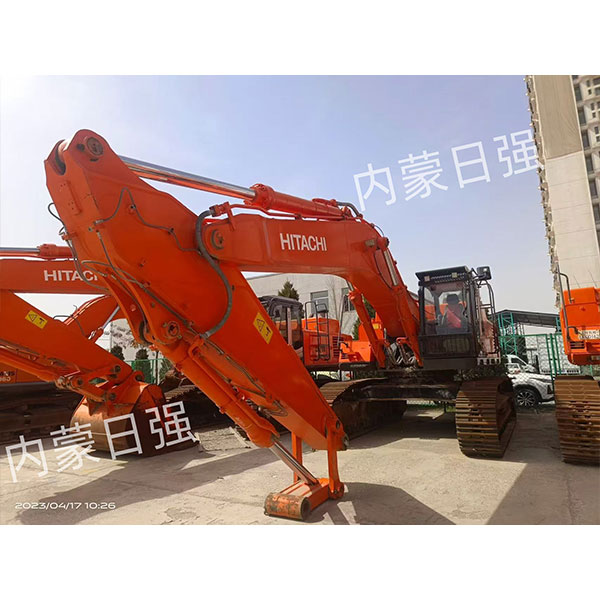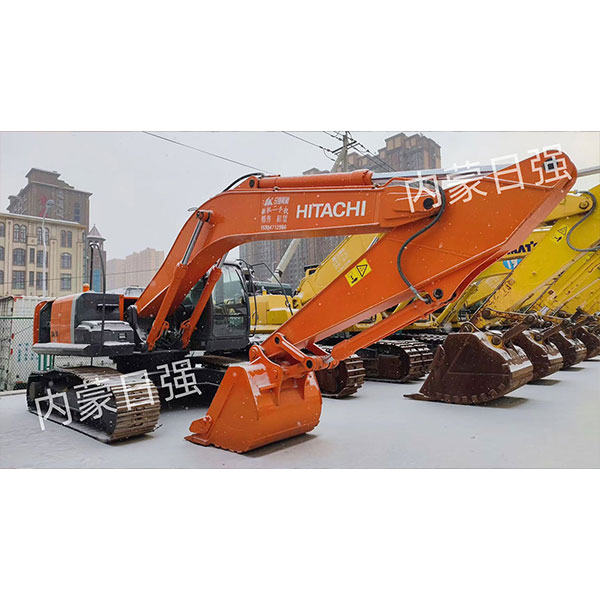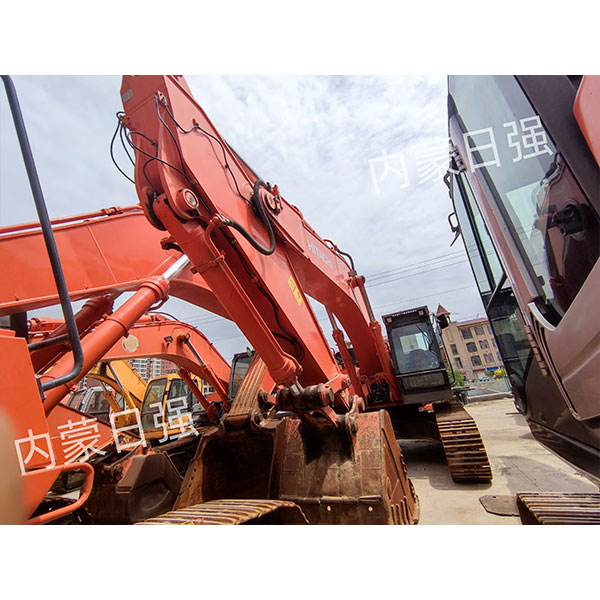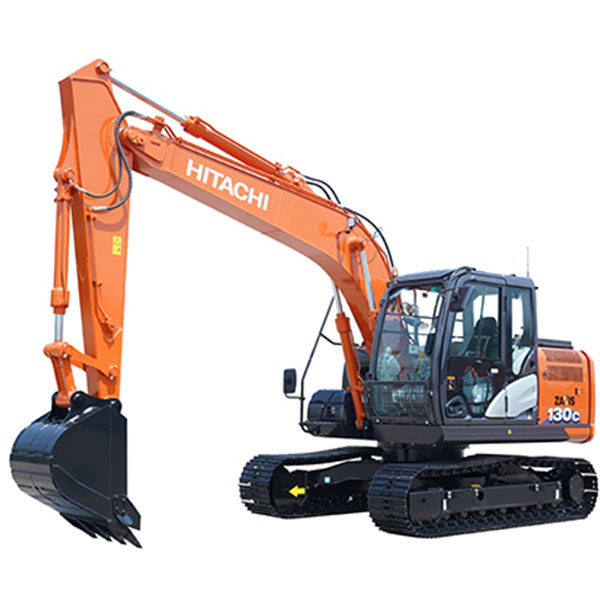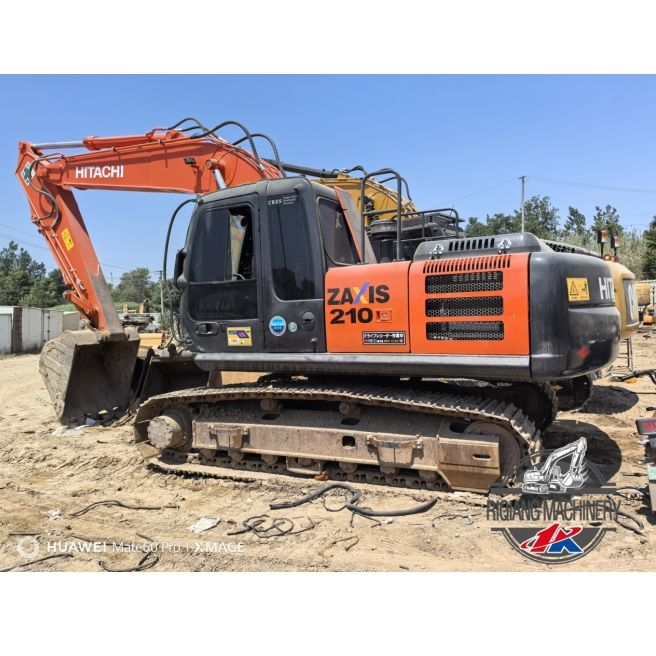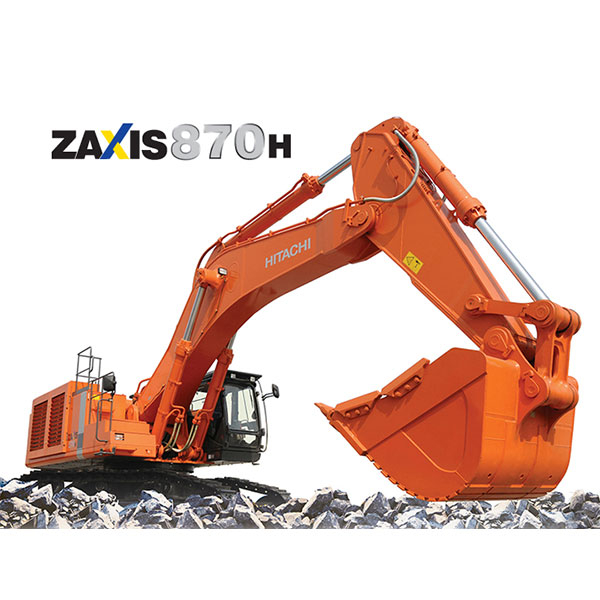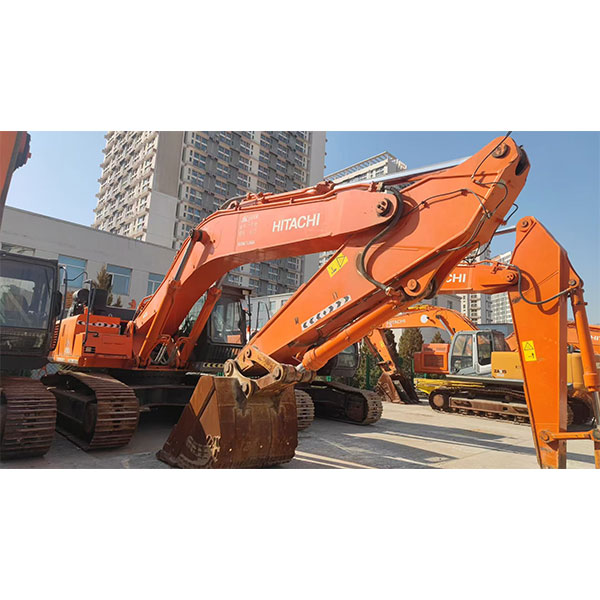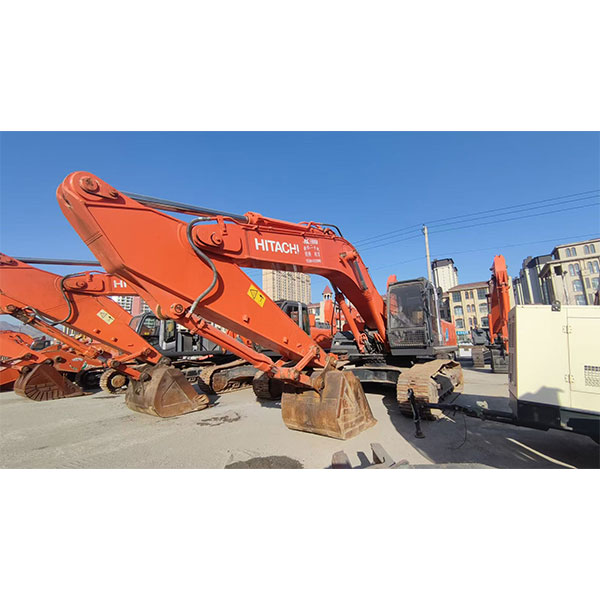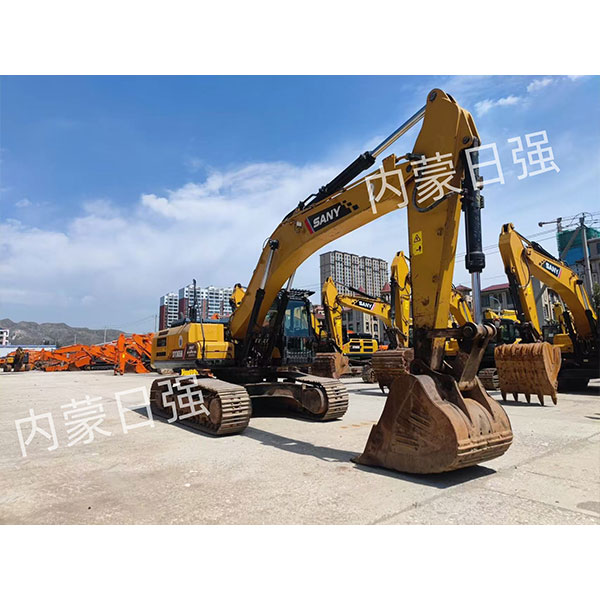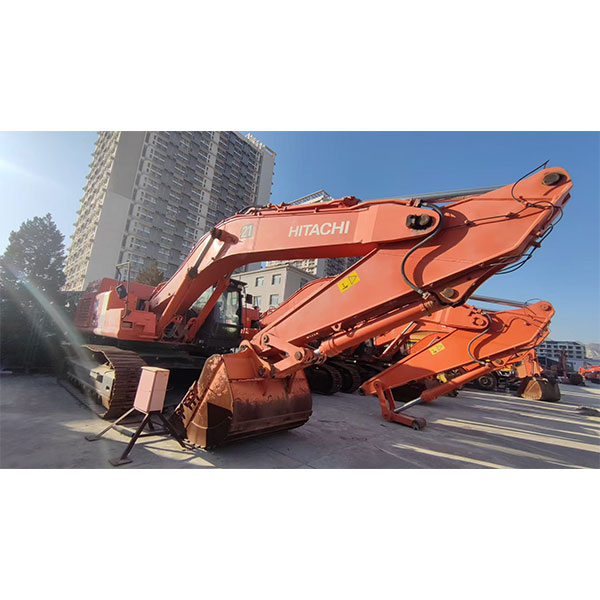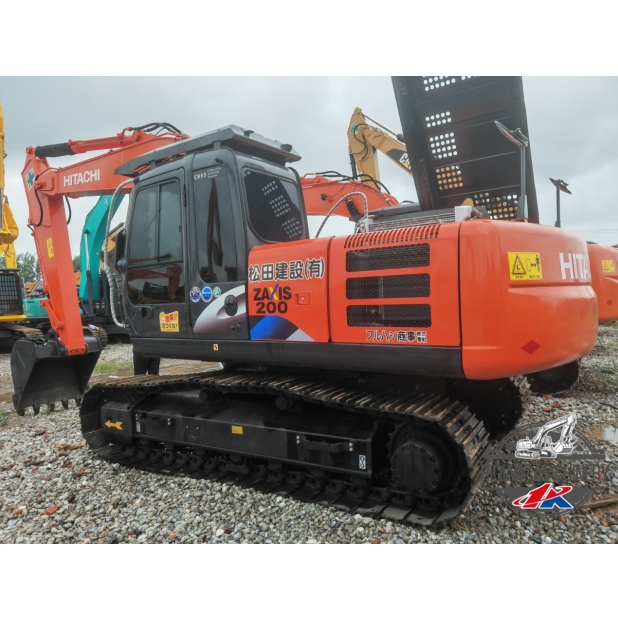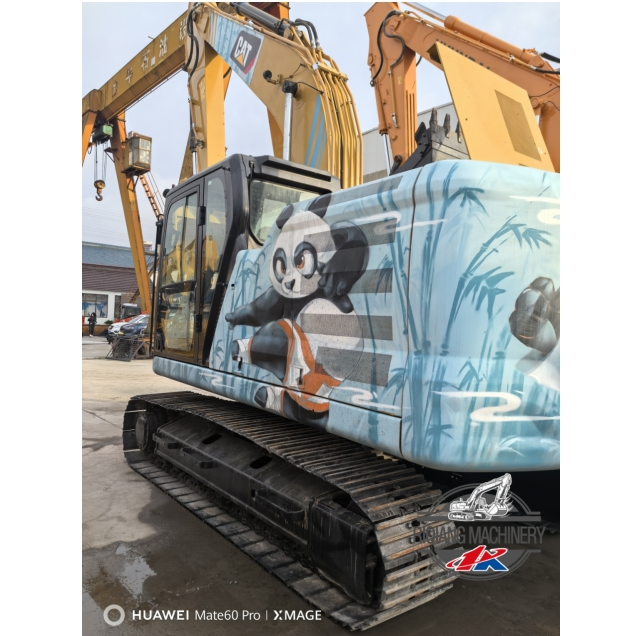
Internal structure of the hydraulic cylinder
The hydraulic cylinder is a key component of hydraulic systems used to convert hydraulic energy into mechanical. Understanding its internal structure is crucial for the effective operation, maintenance and repair. In this article, we will examine in detail the design of the hydraulic cylinder, the functions of its components, and also give tips on maintenance and elimination of malfunctions.
The main componentsinternal structure of the hydraulic cylinder
The hydraulic cylinder consists of several main components, each of which performs its own important function:
- The cylinder sleeve
- Piston
- Piston rod
- Seals
- Cylinder covers (front and back)
- Bearings
The cylinder sleeve
The cylinder sleeve is the main cylinder case, usually made of high -strength steel. It provides a solid and sealed camera for the piston. It is important that the sleeve is made with high accuracy to ensure smooth and efficient movement of the piston.
Piston
The piston is a component that moves inside the cylinder sleeve. It divides the inner space of the cylinder into two cameras: piston and rods. The piston is usually made of steel or cast iron and equipped with seals to prevent hydraulic fluid leakage.
Piston rod
The piston rod is a metal rod that is attached to the piston and leaves the cylinder. It conveys the force created by the piston to the external load. The piston stem is subjected to high loads, so it is usually made of high -strength steel and has a chrome coating to protect against corrosion and wear.
Seals
Seals play a critical role in preventing a leakage of hydraulic fluid from the cylinder. Different types of seals are used in different parts of the cylinder, including:
- Pistus seals: prevent fluid leakage between the piston and the sleeve.
- Seal of the piston rod: prevent fluid leakage around the piston rod.
- Dirts: clean the piston stem from dirt and garbage, preventing damage to the seals.
LLC Internal Mongolia Zhitsyan Construction equipment, our sitehttps://www.nmgrq.ru/, offers a wide range of seals for hydraulic cylinders of various types and sizes. You can find a suitable seal that meets your requirements.
Cylinder covers (front and back)
The cylinder covers close the ends of the cylinder sleeve. They provide fastening points for connecting the cylinder to the hydraulic system and support the sealing of the piston rod. The front cover usually has a hole for passing the piston rod.
Bearings
Bearings are used to support the piston rod and reduce friction during its movement. They are usually located inside the front cover of the cylinder.
Jobhydraulic cylinder
The principle of workhydraulic cylinderBased on the Pascal law. The hydraulic fluid under pressure is supplied to one of the cylinder chambers, creating an effort on the piston. This effort leads to the movement of the piston and the piston rod, which, in turn, performs useful work.
Depending on the design, hydraulic cylinders can be:
- Unilateral action: The force is created only in one direction. The piston is returned to its original position under the influence of a spring or external force.
- Bilateral action: The force is created in both directions. The hydraulic fluid is served alternately to different cylinder chambers.
Types of hydraulic cylinders
There are many different types of hydraulic cylinders, each of which is designed for specific applications. Some of the most common types include:
- Folding cylinders: the cylinder sleeve is attached to the lids with tightness.
- Welded cylinders: cylinder covers are welded to the sleeve.
- Telescopic cylinders: consist of several cylinders inserted one into another. Provide a large move with compact sizes.
- Plunger cylinders: use a plunger instead of a piston.
Maintenance and elimination of faultshydraulic cylinder
Regular maintenance is crucial to ensure reliable and durable operationhydraulic cylinder. The main service operations include:
- Regular inspection for leaks, damage and wear.
- Maintaining the purity of hydraulic fluid and its timely replacement.
- Lubrication of moving parts.
- Checking and replacing seals if necessary.
The most common malfunctionshydraulic cylindersinclude:
- Fluid leaks.
- Slow or intermittent movement.
- Loss of effort.
- Strengthening the piston.
If a malfunction is detected, it is necessary to diagnose and eliminate it. In most cases, you will need to replace worn seals or damaged components.
Comparison table of various types of seals forhydraulic cylinders
| Type of seal | Material | Advantages | Flaws | Application |
|---|---|---|---|---|
| Nitrile (NBR) | Butadien-nitrile rubber | Good resistance to oils and fuel, low cost | Limited resistance to high temperatures and chemicals | General application, hydraulic systems |
| Polyurethane (PU) | Polyurethane | High wear resistance, resistance to extrusion | Limited hydrolysis resistance | Highly loaded hydraulic systems |
| Viton (FKM) | Fitative school | Excellent resistance to high temperatures, chemicals and oils | High cost | Aerospace, chemical industry |
Conclusion
Understandinginternal structure of the hydraulic cylinderAnd the principles of its operation are necessary for the effective operation and maintenance of hydraulic systems. Regular maintenance, timely replacement of worn components and the correct choice of the type of cylinder will help to ensure reliable and durable operation of the equipment.
AppropriateProducts
Corresponding products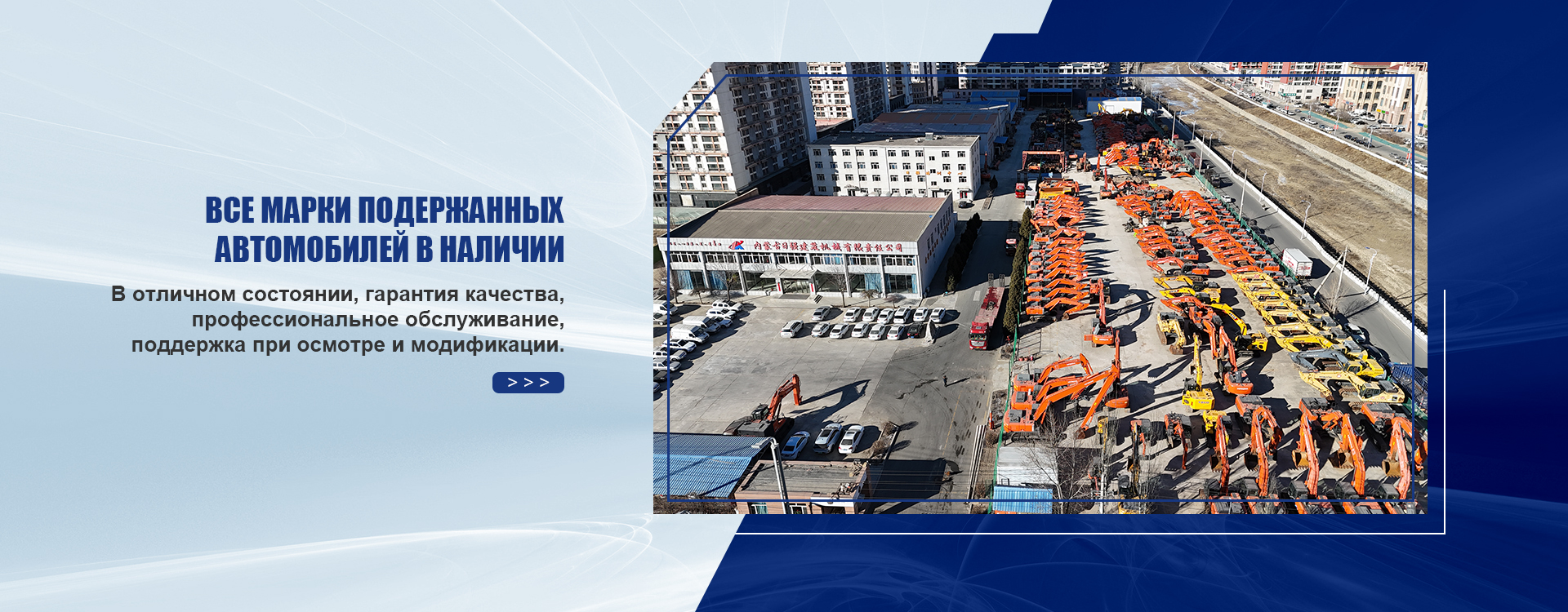
The best soldproducts
The best -selling productsConnectedsearch
Related search- Chinese manufacturers of durable high -pressure hydraulic pumps
- Suppliers of restored used excavators
- Cheap price of the excavator engine
- Leading Chinese steering cylinder buyers
- Oem multi excavator wholesale price
- The price of spare parts for excavators from China
- Leading Chinese buyers of hydraulic cylinders for combines
- Hitachi price from China
- High -quality hydraulic cylinders of China production
- Chinese factories for the production of hydraulic cylinders of large carrying capacity








